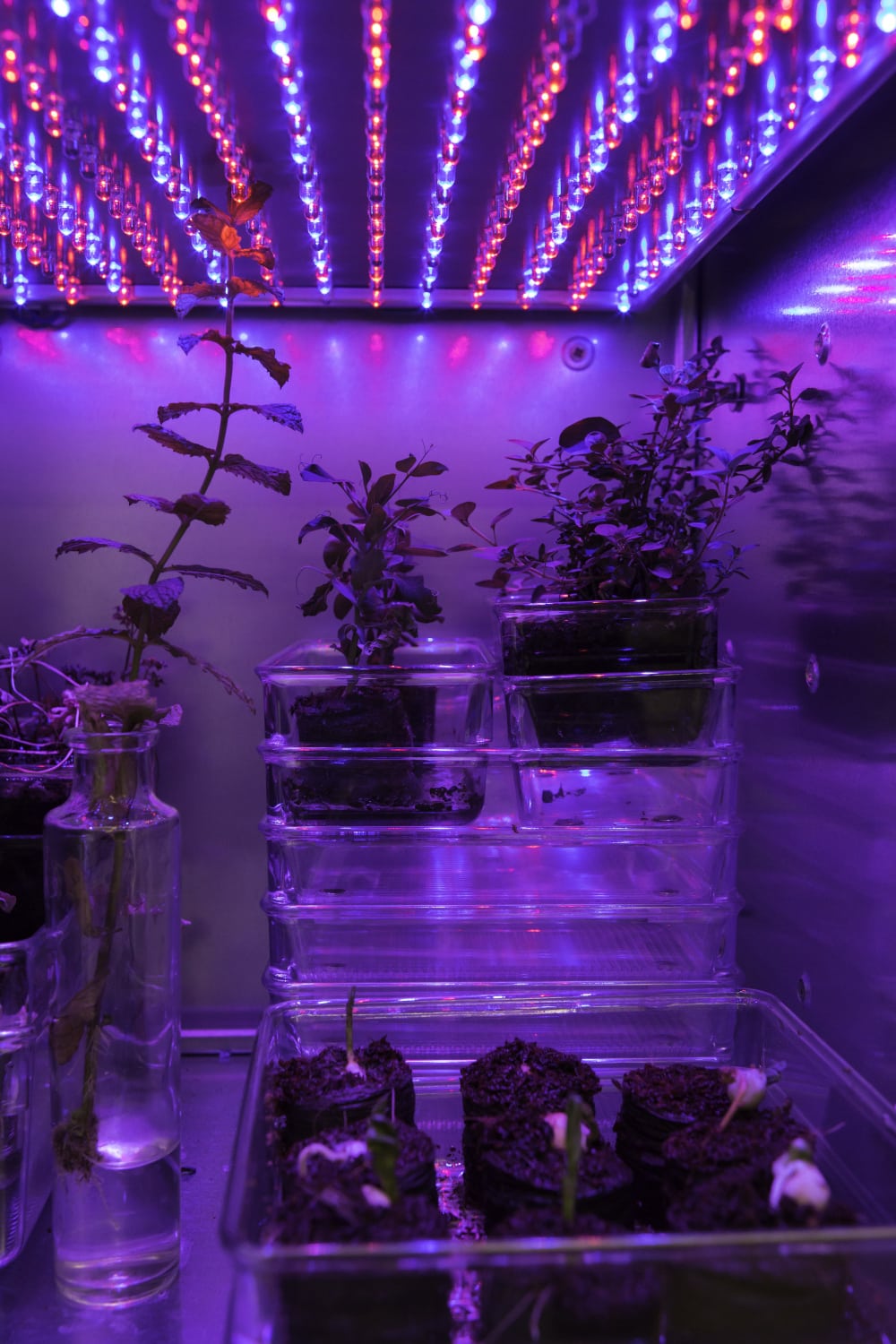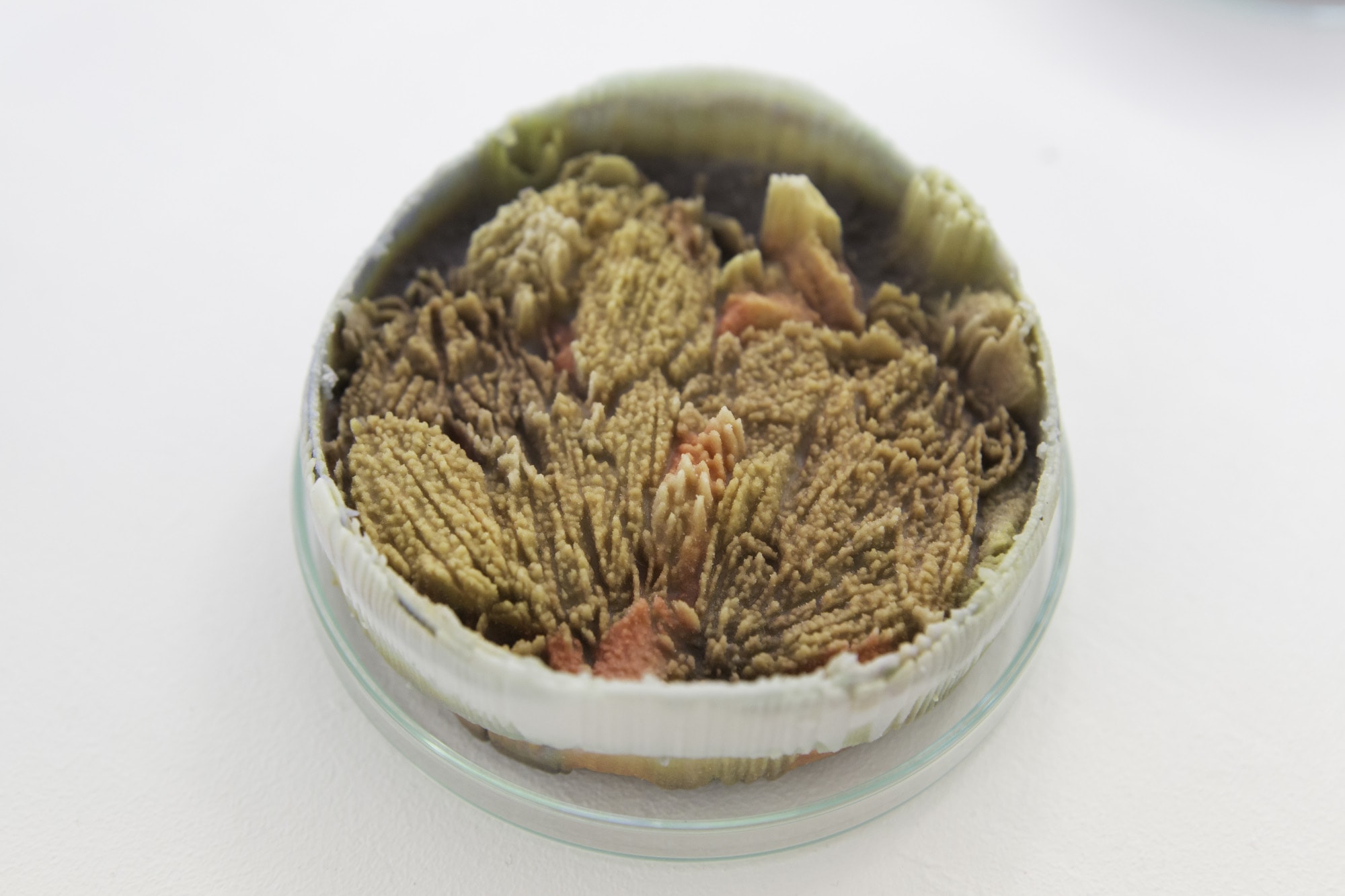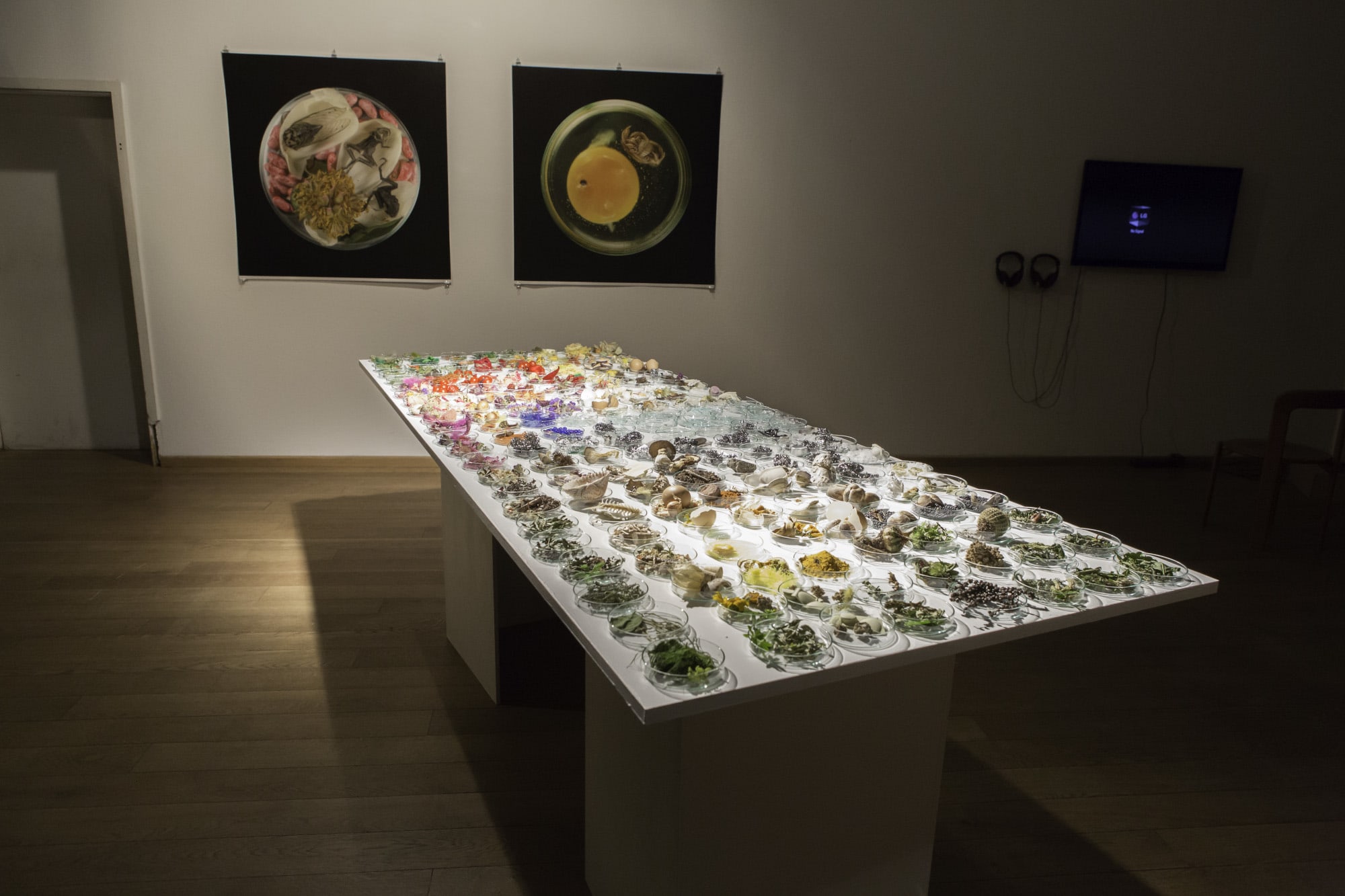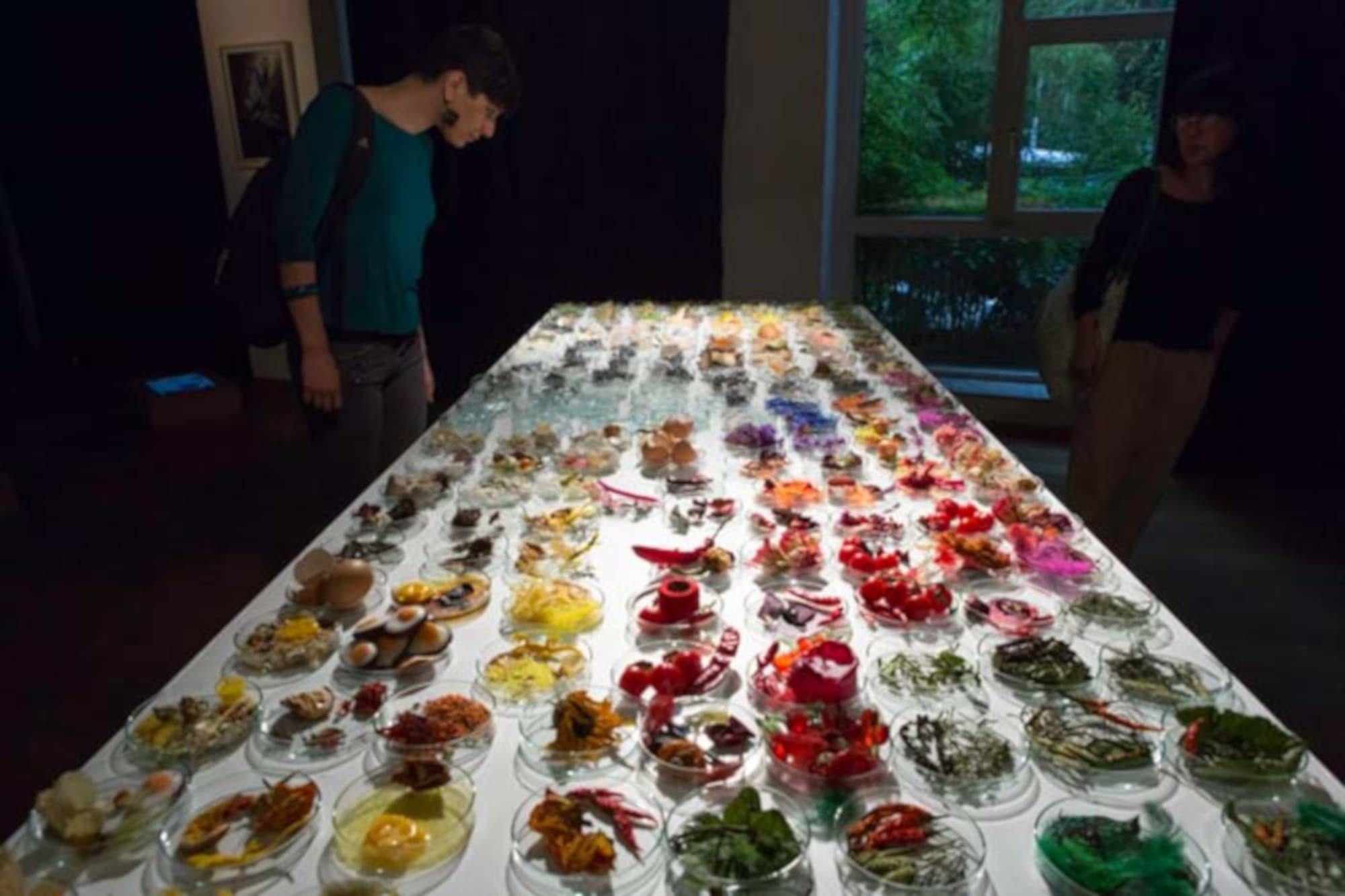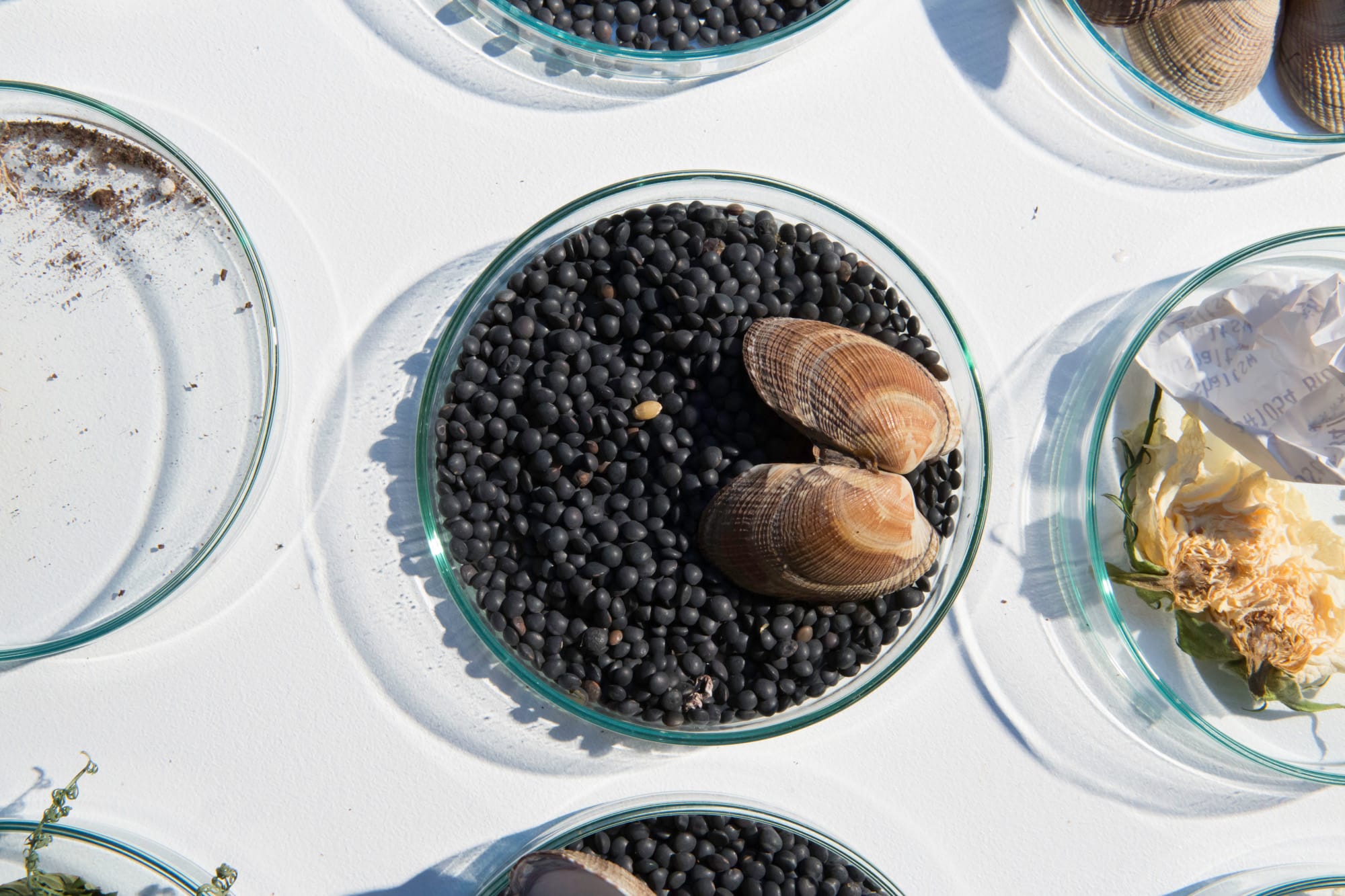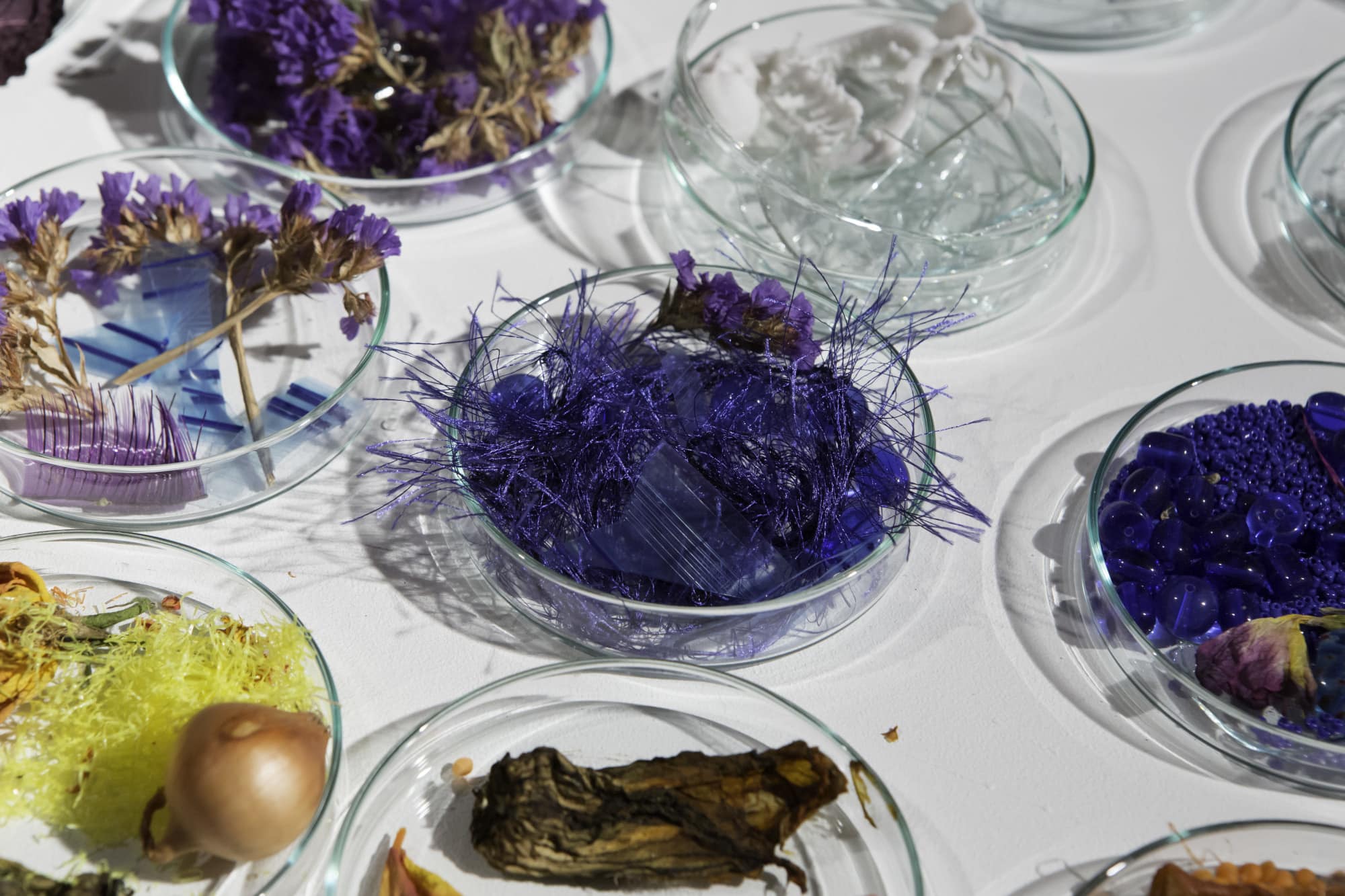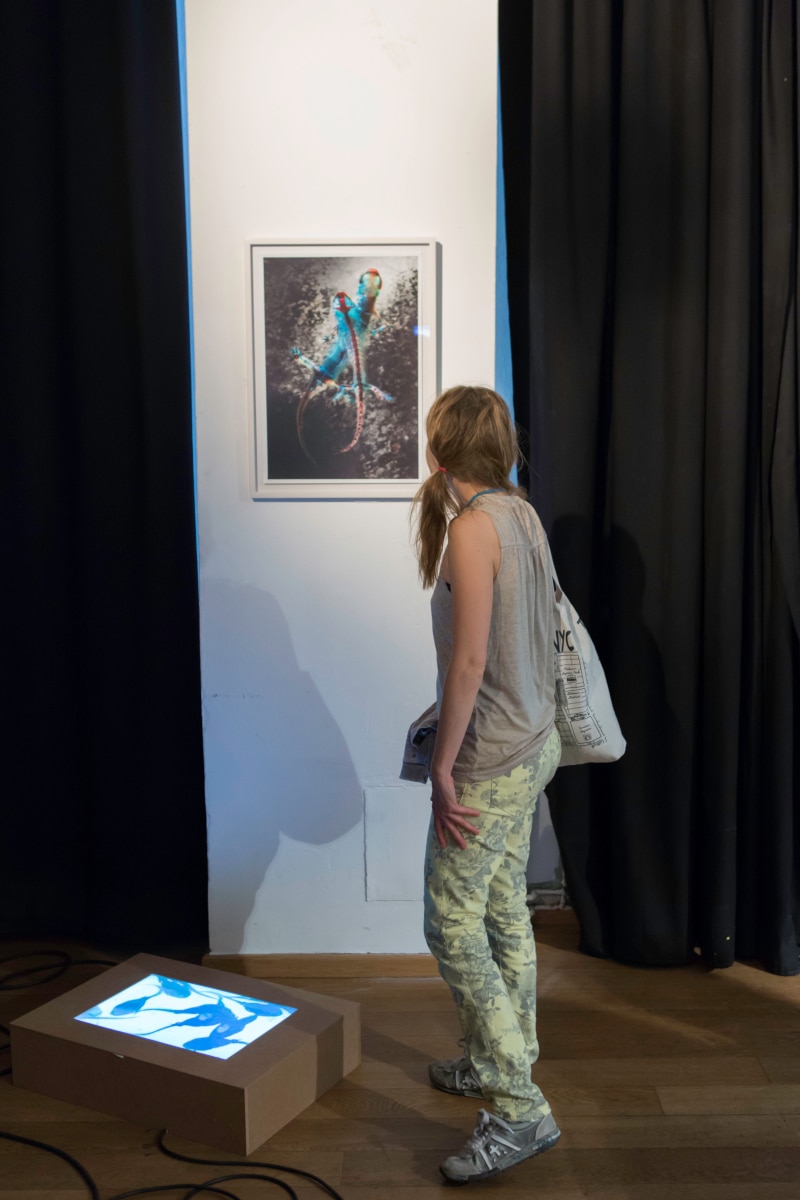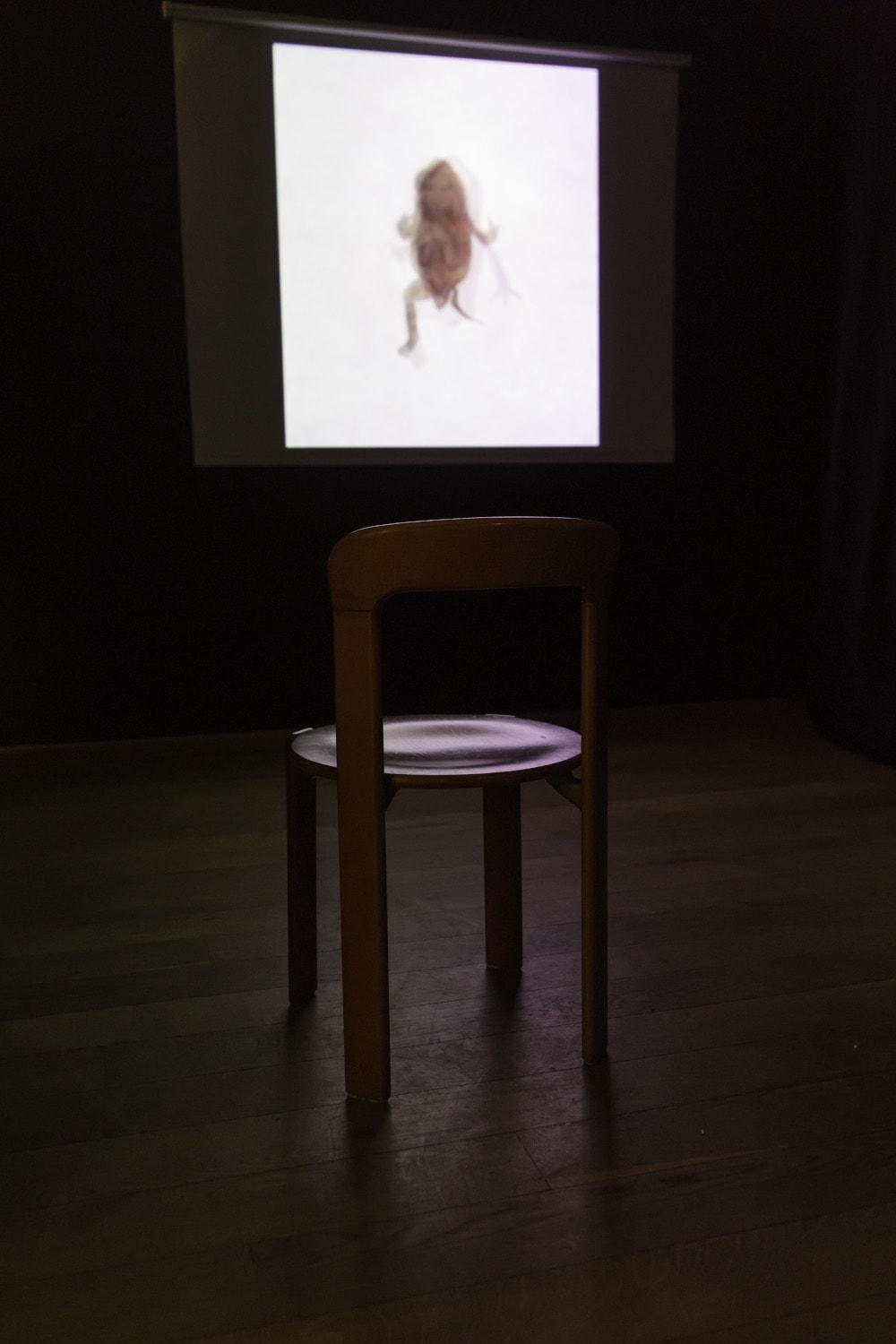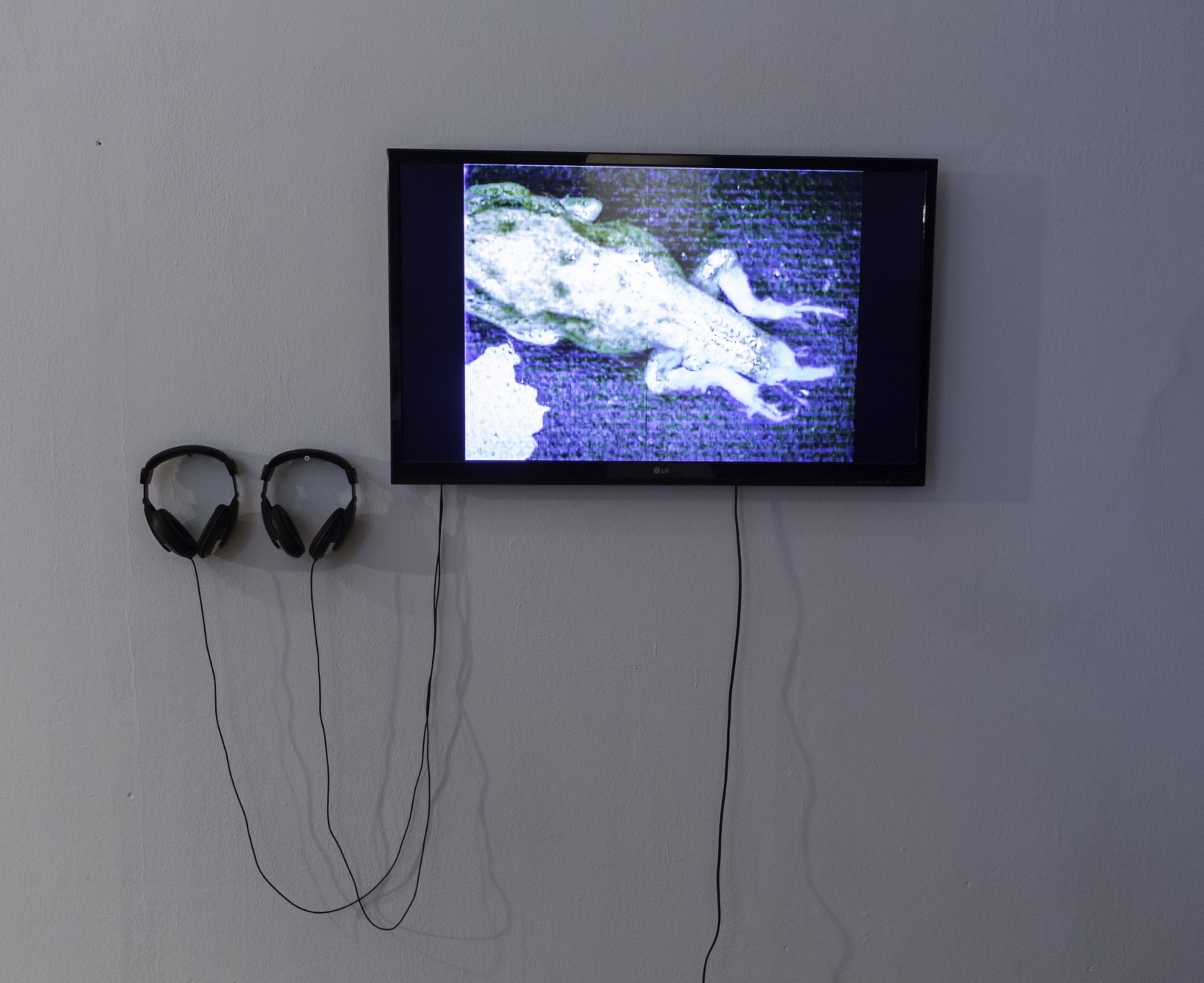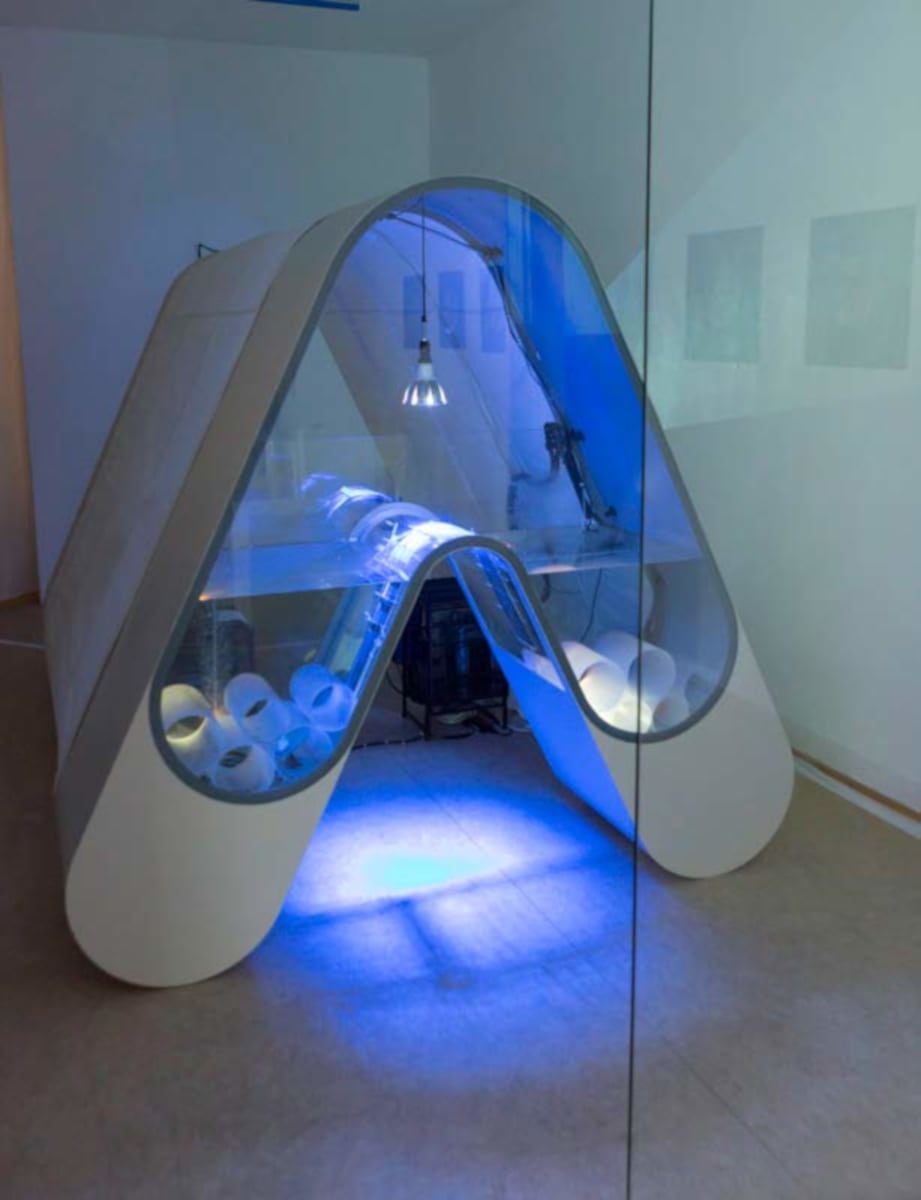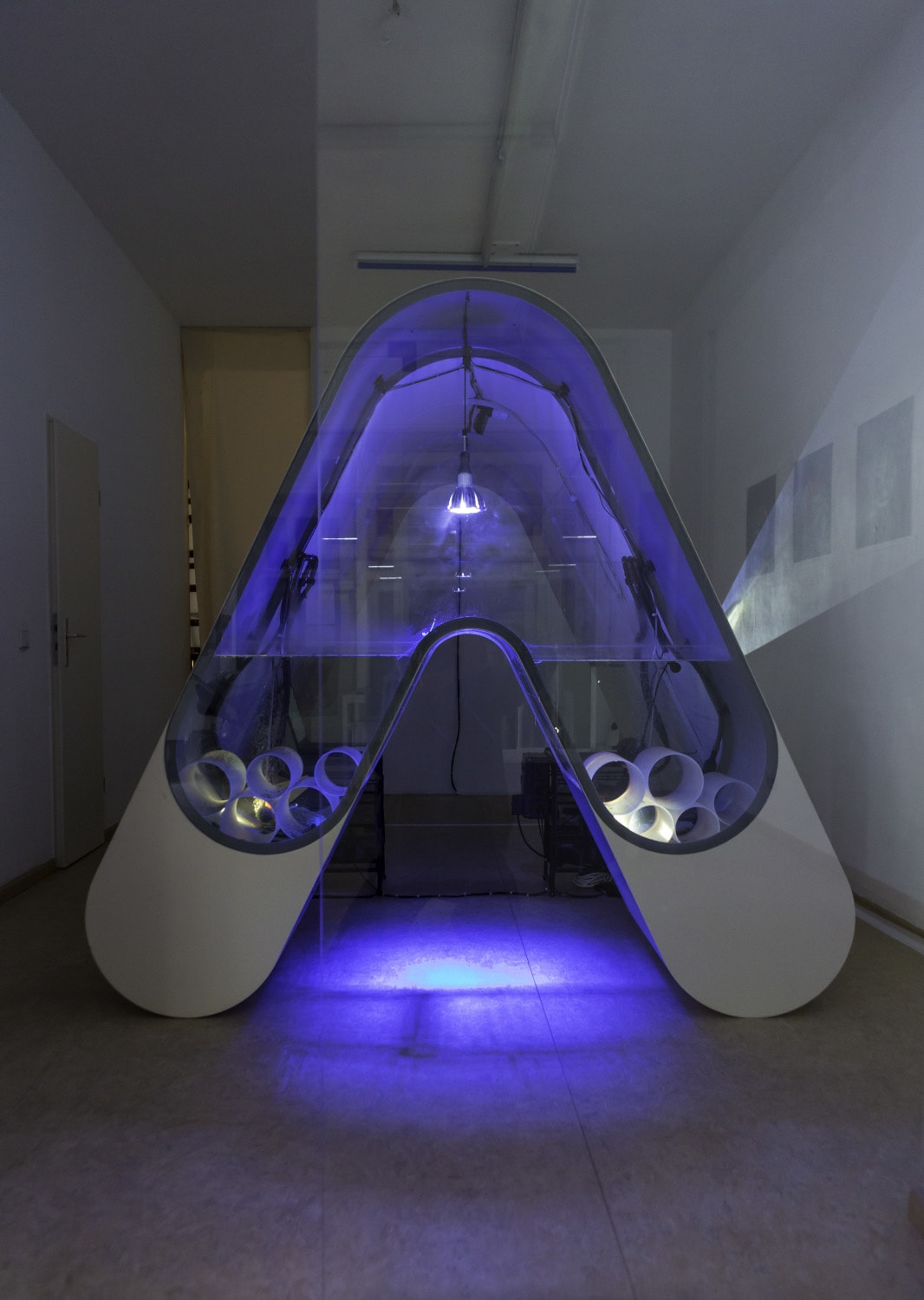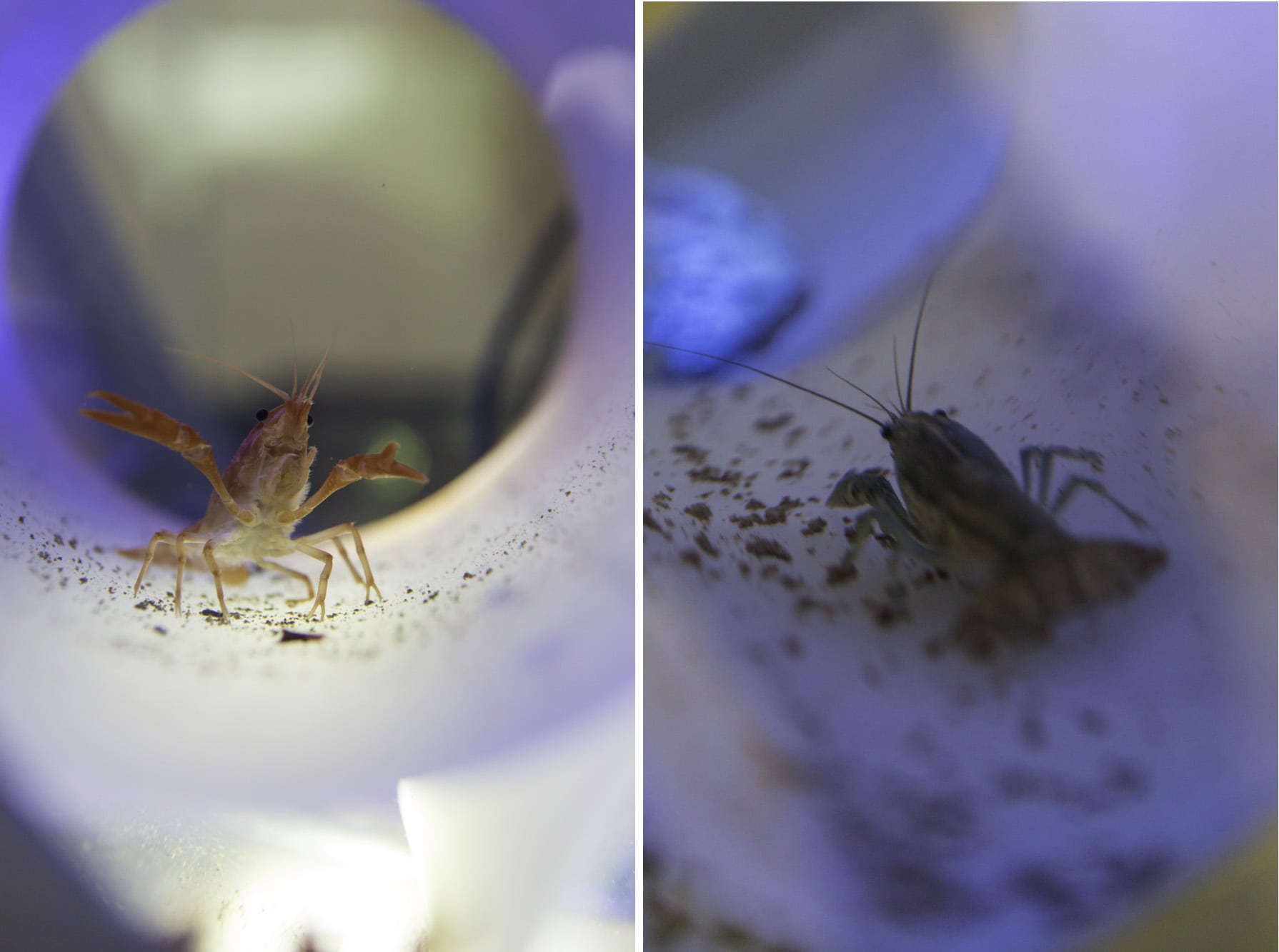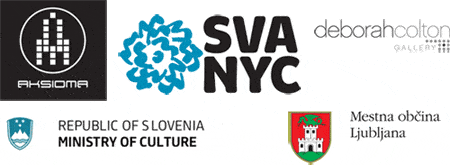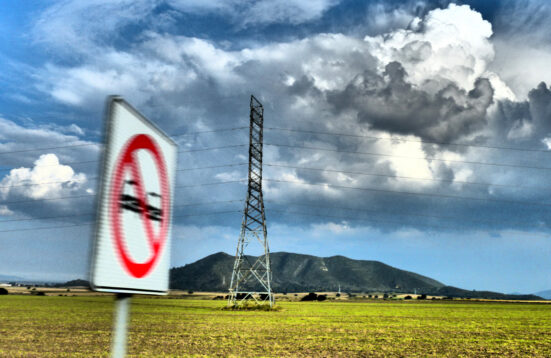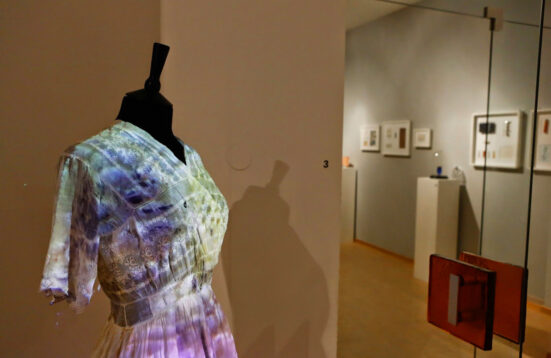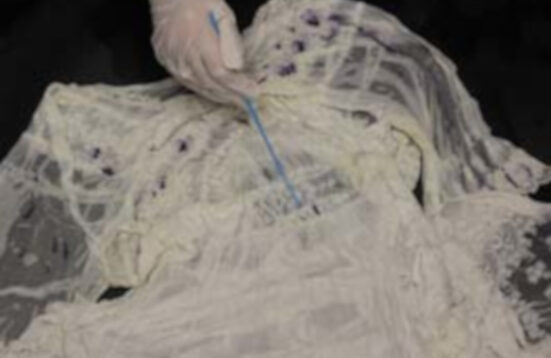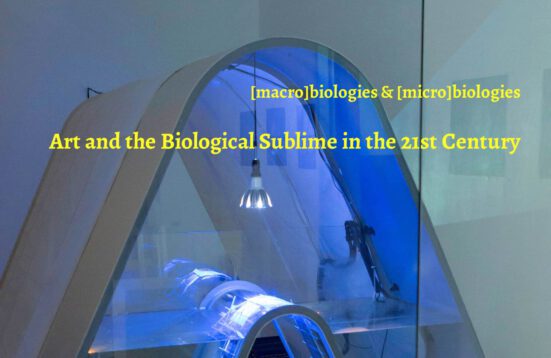[macro]biologies II
organisms
Suzanne Anker | Brandon Ballengée | Maja Smrekar
Instead of a unified conception of existence, such as “world” or “nature”, today, in the post-anthropocentric era, we find ourselves confronted rather with a multiplicity of structures and a blurring of boundaries. This show is part of a series of exhibitions – [macro]biologies and [micro]biologies – dedicated to artistic reflection on current drastic changes to how we connect, relate and interrelate to the worlds around us.
This exhibition highlights the works of artists dealing with multi-celled organisms. Noteworthy is both the relationship of these organisms to us, as well as their roles as independent actors. The exhibition focuses on the works of three remarkable, internationally recognized artists whose work deals with multicellular organisms:Suzanne Anker (US), Brandon Ballengée (US) and Maja Smrekar (SI).
Suzanne Anker
The American artist and theoretician Suzanne Anker has been one of the key figures working at the border between art and biology for several decades. Her work combines inquiry into science and the newest technologies with a keen aesthetic sense.
At Art Laboratory Berlin Anker will show several series of works: The installation Astroculture (Shelf Life) was first shown in 2009. It consists of three plant chambers with installed LED panels. By means of the red-blue UV lights the plants – peas, and beans, oregano and mint – all appear fuchsia. The work manifests the possibility of growing herbs in any light deprived space.
Remote Sensing is a series of work produced through rapid prototyping technology. The three dimensional working software program converts the image into an object. The resultant sculpture shares resonance with pictorial maps and landscapes employed by remote sensing.
In the series Vanitas (in a Petri dish) Suzanne Anker reflects the concept of Vanitas by employing a Petri dish as the site of laboratory life in which the Petri dish changes from an object of science to an object saturated as art.
Suzanne Anker has produced an installation especially for this exhibition: Petri’s Panoply. “I consider the Petri dish as a signifier”, notes Anker, who is currently researching the history of the Petri dish. Over 100 Petri dishes combine both organic and synthetic materials and the intense density of objects and colours produce a post-baroque table – similar to the modernist “Objets trouvés”, transforming the Petri dish into an object of the biological sublime in the 21st century.
More information: http://www.suzanneanker.com/
Brandon Ballengée
The American artist Brandon Ballengée pursues a sustainable form of artistic research in his metier as a visual artist in the field of bioart and as a biologist in the field of herpetology.
Art Laboratory Berlin will show video documentation of his ongoing project Malamp Reliquaries, on which Ballengée has worked in various forms since 2001. The project’s aim is to investigate the potentially unnaturally high occurrence of morphological deformities among wild amphibian populations.
The exhibition also presents three other works of Ballengée developed in the course of his artistic and scientific research. The video projection Requiem pour Flocon de Neige Blesses (A Requiem for Injured Snowflakes) shows images of deformed frogs and tadpoles from Ballengée’s research and were collected in southern Quebec. Each image is of an animal, which died due to its deformities – in this requiem life’s fragility is manifested.
Danse Macabre is a limited edition print produced by Ballengée to raise funds for saving the Dutch Fire Salamander, which is currently under serious threat of extinction. The print is an example of Ballengée’s own development of the process of clearing and staining which beyond its aesthetic merits also shows the development of bone and cartilage in amphibians. Prints can be purchased upon request, the profits going to the charity SOS Vuursalamander in the Netherlands.
The Cry of Silent Forms The video installation The Cry of Silent Forms (7), made up of eight monitors arranged on the floor, offers the viewer a unique microscopic view of life in water. All works were made in laboratory or research situations created to replicate natural stresses on amphibians (predators, parasites etc.) Images include ‘Consume’ in which toad tadpoles unexpectedly start to cannibalize one another and ‘Origine du Monde’ where a leech fans oxygen to its young. The works, coming from biological research, capture surprisingly charged moments that offer the viewer a set of unique and intimate views of life.
More information: http://brandonballengee.com
Maja Smrekar
Maja Smrekar is an emerging young artist from Ljubljana, Slovenia, connecting the intersections of humanities and natural sciences with her main interest in the concept of life.
In 2012, working together with researchers from the Department for Freshwater and Land Ecosystems at the National Institute of Biology in Ljubljana/Slovenia, Smrekar built the installation Crustacea deleatur (an Aksioma Production). This project explores the problem of invasive species, for instance the interaction of European (indigenous) and non-European (tropical, invasive) crayfish. An architectural housing contained a two part aquarium, one part containing the local Slovene crayfish, the other – the Australian red claw crayfish (Cherax quadricarinatus) which recently has settled in the thermal Lake Topla in Slovenia and multiplied in great numbers. The two parts were connected by a ladder allowing the crustaceans the possibility of crossing over and confronting each other.
For the exhibition at Art Laboratory Berlin Smrekar has continued to develop this project and will present the installation Crustacea deleatur in a different form as BioBase: risky ZOOgraphies focussing on the marble crayfish (Procambarus fallax forma virginalis). These, Six of whom are in the left aquarium, reproduce asexually, a process called called parthenogenesis. In the other aquarium males of a related species (procambarus clarkii) have been placed. Since the spring of 2013, in this context, there has been an intensive exchange between Smrekar and Prof. Dr. Scholtz from the Institute of Biology (Humboldt-Universität zu Berlin), one of the leading specialists in the marble crayfish worldwide.
More information:
http://www.biobase.si/
http://majasmrekar.org/crustacea-deleatur
https://crustaceadeleatur.wordpress.com
Curated by Regine Rapp Christian de Lutz
Art Laboratory Berlin: Macro Biologies. Frösche, Erbsen, Marmorkrebse,by Irmgard Berner in nurart.org, published 8 July 2014
Dramen in der Petrischale – [macro]biologies II: organisms by Verena StraubArt-in-berlin Online-Magazine, published on 4 June 2014


